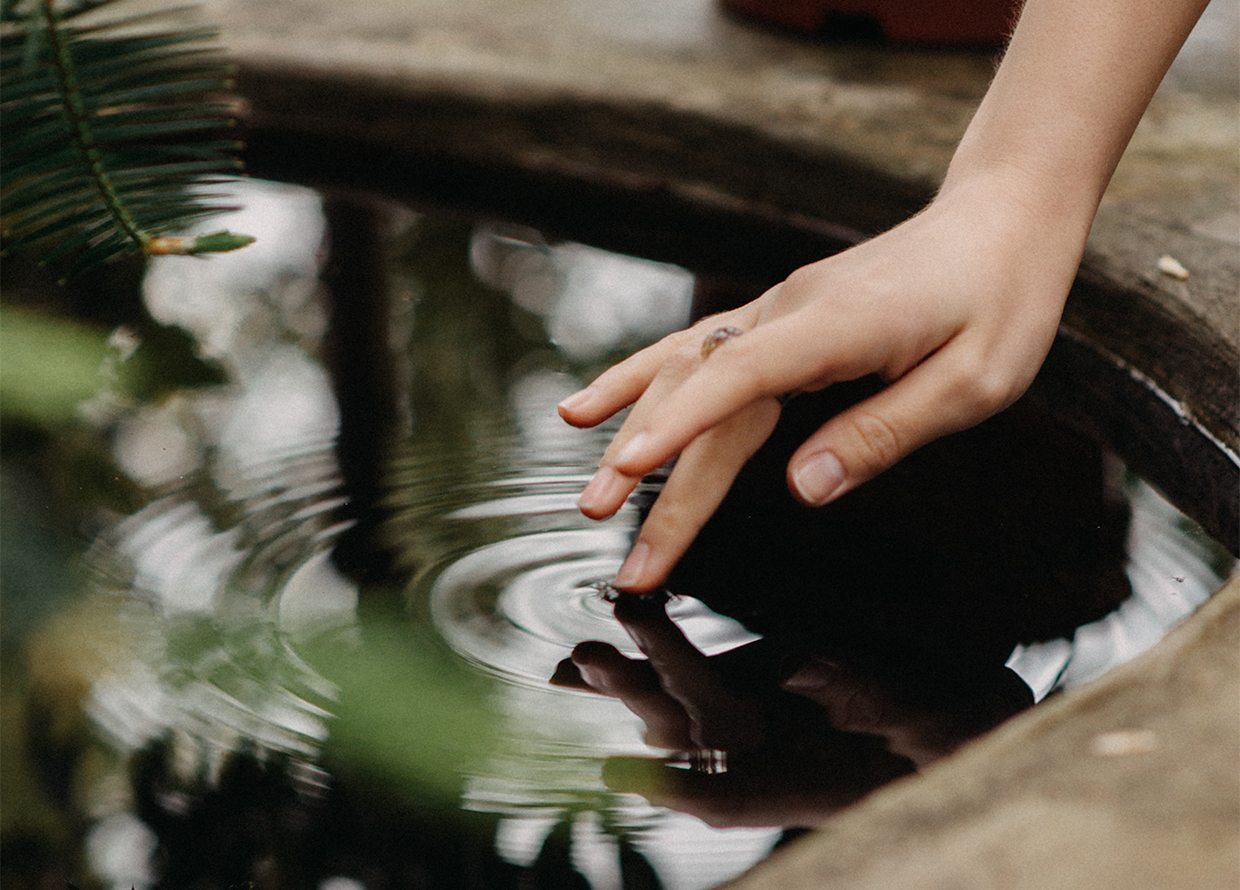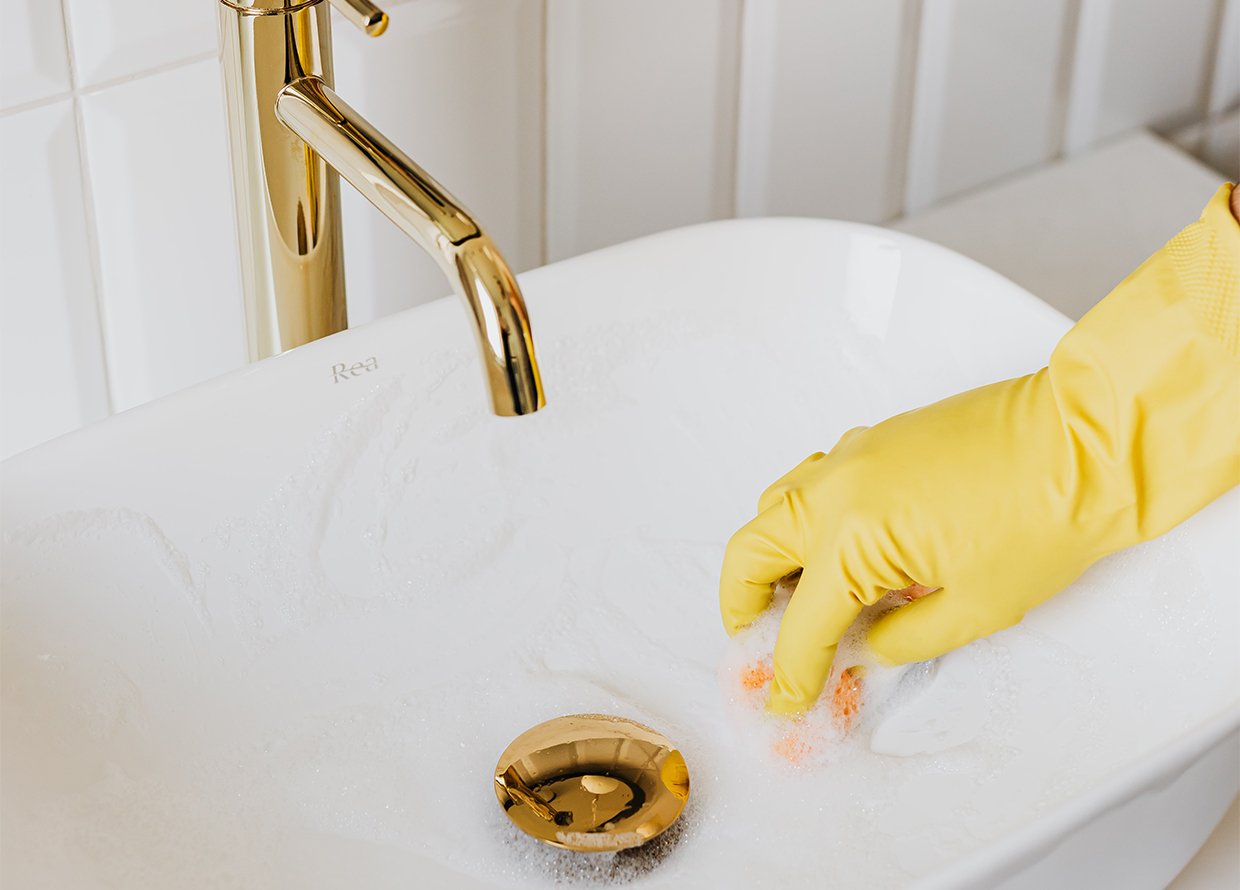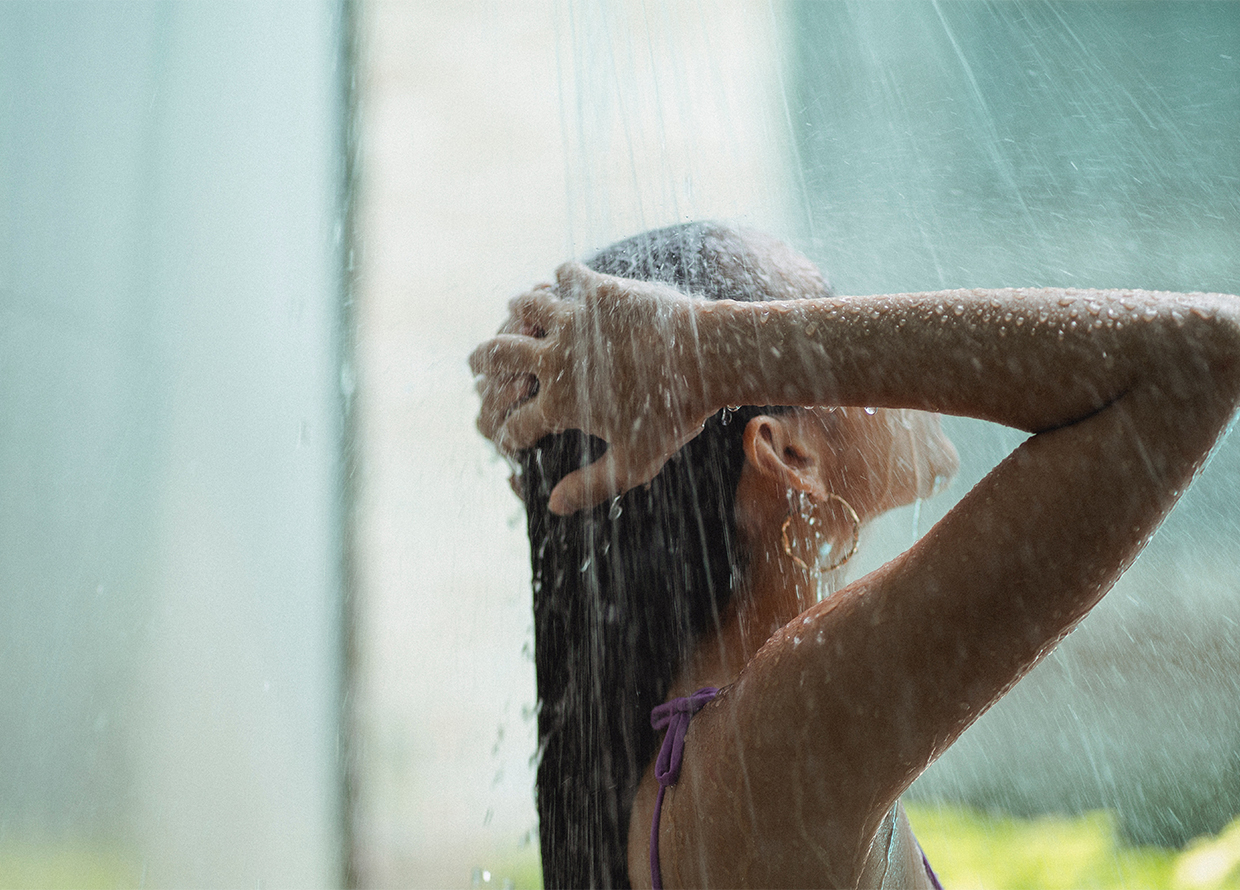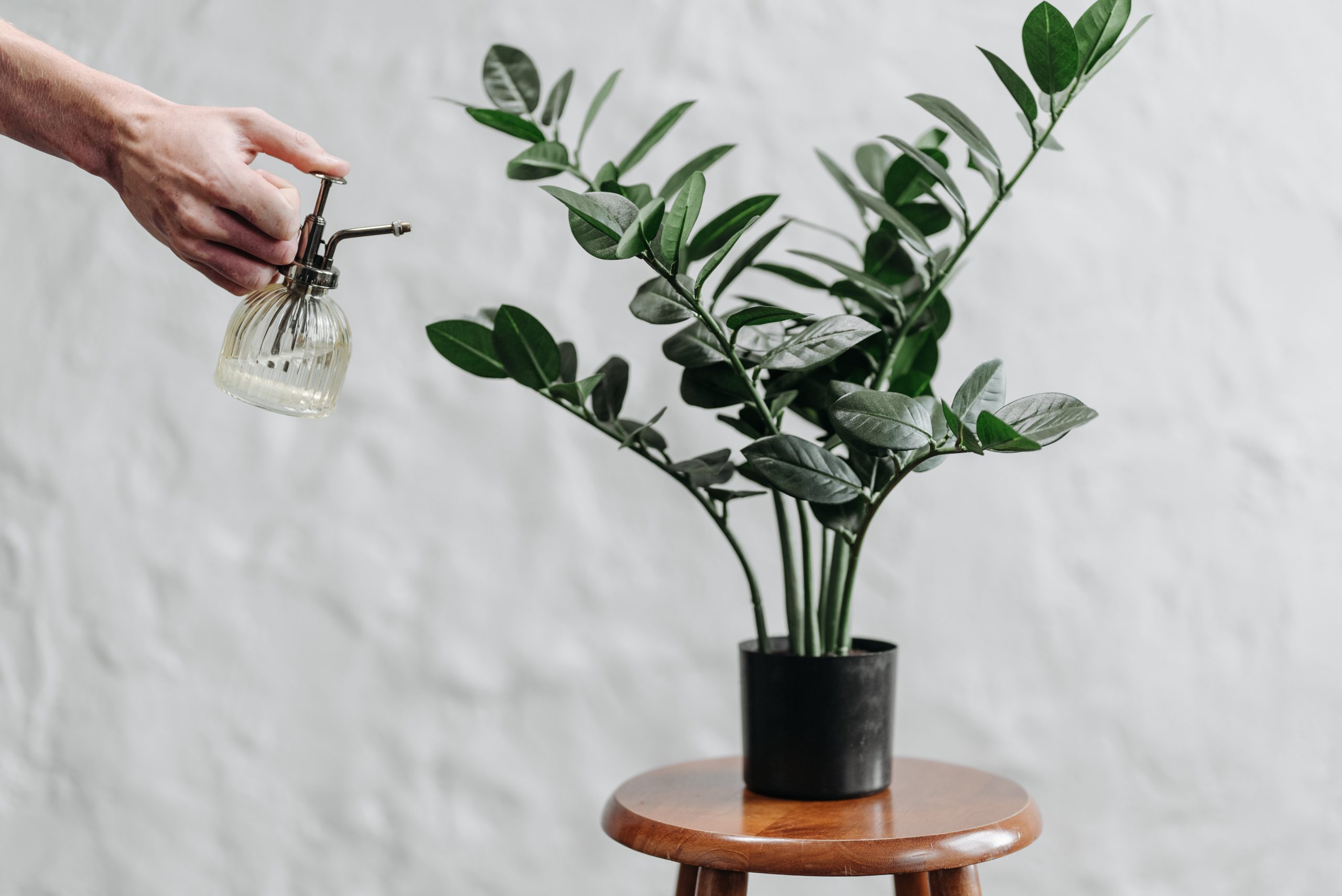7 Practical tips to help save water in your daily routine
Turn off the tap

Since 1993, World Water Day is celebrated on 22 March to raise awareness and inspire people to help tackle the water and sanitation crisis. In light of the focus on accelerating action to resolve the global water and sanitation crisis, it’s crucial that we all take responsibility for our water usage. Whether it’s at home, school, or in our communities, we can make a significant impact by implementing small yet effective changes to our daily routines. Start with these seven easy tips and you’ll see how much of a difference you can make in the long run!
1. Fix any leaks
Leaks may seem small, but they can add to gallons of water wasted daily. Hence, don’t hesitate to fix any leaky faucets or toilets in your home to prevent unnecessary water wastage. If we can all do our part to fix any minuscule leakage in our homes, imagine the impact it’ll have on the country’s water supply if everyone in the nation does it.
2. Turn off the tap

Whether you’re brushing your teeth, washing your hands, or doing the dishes, turn off the tap when you’re not actively using the water. As reported by Colgate, you can save up to 64 cups of water every time you brush your teeth by just turning off the faucet while brushing.
3. Use a bucket instead of a hose for cleaning
When you’re washing your car or other household items, use a bucket instead of direct streams of water to monitor the amount of water you’ll need. Using a hose may be faster but it will also cause more water wastage. Another way is to collect rainwater with buckets so that you can reuse it to water your plants or for cleaning the porch.
4. Shorten your showers

Try to limit your showers to five minutes, if possible. This can save a lot of water over time and also by reducing your hot water usage, it can save energy and lower your electricity consumption. Research has also found that 8-minute power showers tend to use twice the amount of water and energy compared to using a bathtub, so spending one minute less in the shower per day could save an average of 6,200 litres (1638 gallons) of water each year.
5. Save the washing machine for a full load
Washing machines tend to use up between 100 to 200 litres of water for each cycle so to make every wash count, use it only when it’s fully loaded or opt for a small load cycle. The type of washing machine you use also plays a role in how much water is used. For example, the front load washer can give clothes a thorough wash using only a fraction of the water used in a top-loader thanks to the gentle tumbling action provided by gravity. On the other hand, a top-load washer uses an impeller to move clothes around in the detergent/water solution rather than a central agitator. Hence, you can check on the water factor rating on a washer to see how water efficient the washing machine is. The higher the rating, the more efficient it is based on the amount of water used per cubic feet (load capacity) of the washer.
6. Water your plants wisely

Water your plants in the early morning or late evening when it’s cooler outside. This will prevent excess evaporation and ensure that your plants get the water they need.
7. Use a broom
Instead of hosing down your driveway or patio, use a broom to sweep away debris before cleaning with water. If you are already collecting rainwater and greywater—water that’s already been used once but is still clean enough that it could be used again from an old bath and shower, or washing machine water—that can also be used to rinse after sweeping for a thorough clean.
Remember, every drop counts. By making small changes in our daily routine, we can all do our part to conserve water and protect this precious natural resource.
More lifestyle stories and tips here.
| SHARE THE STORY | |
| Explore More |



